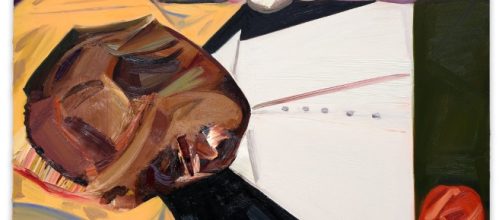Controversy has been sparked over a Painting of Emmett Till involved in the annual Whitney Biennial in New York over concerns of racial insensitivity. Some have particularly found the piece to be exploitative, with the concern that it was made to profit off of the tragedy. However, the painting has also been defended as reflective of issues that are relevant for today's conflicts.
People are concerned over exploitation of Till’s murder
The painting in question was "Open Casket" by American painter Dana Schutz, which reportedly depicted Till's mutilated corpse.
Till had been a fourteen year-old boy that had been murdered in 1955 after he was falsely accused of flirting with a white woman, causing him to posthumously become a figure and icon of the Civil Rights Movement.
Parker Bright, who is one of the picketers of the painting, said in a released statement that "many in the black art community" were offended by the piece. According to reports, a big concern for people in opposition is that Schutz is a white woman making use of the tragic homicide of a black boy for profit. Some of the protestors have gone so far as to say that the painting should be destroyed. One such proponent, identified as Hannah Black, wrote in a released statement that the “subject matter is not Schutz’s.”
What has been said in defense of the painting
Schutz later defended her piece in an emailed statement, saying that while she understands the view that she would not know what it is like being African-American in the United States, she can empathize with what Till's mother went through, being a mother herself, and said that that was a universal.
In real life, Till's mother insisted on an open casket to showcase the injuries that her son had endured that cost him his life.
Reportedly, Schutz even used one of the photographs for reference. In addition, she also reportedly criticized the concept of “self-censorship,” claiming the art should be used for empathy, and later confirmed that the piece would not end up for sale, addressing comments that the piece was exploitative for the sake of making profit.
Christopher Y. Lew, one of the curators of the exhibition, said in a released statement that the piece was made in response to the number of African-Americans who lost their lives to police violence in the past years. While acknowledging that the work concerned a sensitive topic, Yew also said that the history is something that needed to be brought to light.

